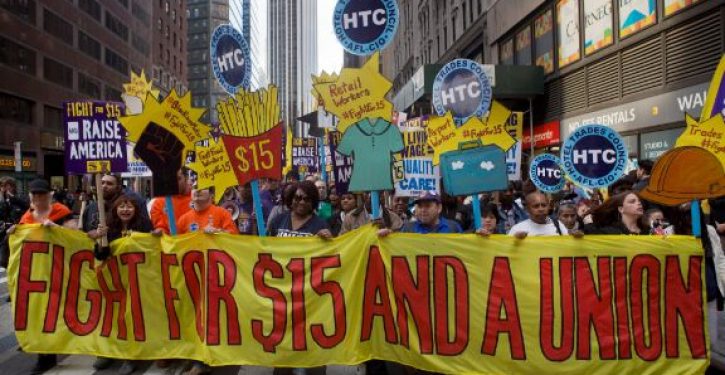
In the new year, the minimum wage will increase in 26 states. California will have the highest statewide minimum wage at $15 an hour. Some municipalities in New York State, such as New York City, will also have a $15 minimum wage for all workers. New York State already has a $15 minimum wage for fast-food workers.
Portland’s minimum wage has been increased to $19.50 during the COVID pandemic, resulting in increased prices at fast-food restaurants. In Seattle, businesses with over 501 employees are now required to pay $16.69 an hour. Employers with fewer than 500 employees pay $15.75. This very high minimum wage resulted in some employers cutting their payrolls, reducing their hours, or laying off employees.
Washington State’s minimum wage rose to $14.49 on January 1.
Ten states have scheduled gradual increases to bring their minimum wage to $15 an hour within the next few years:
- California, Massachusetts, and Connecticut by 2023
- New Jersey by 2024
- Delaware, Illinois, Maryland (for big employers), and Rhode Island by 2025
- Florida and Maryland (for small employers) by 2026
Seven states are increasing their minimum wage by $1 or more this year:
- California (from $13 to $14 for companies with 25 or fewer employees; to $15, for companies with 26 or more employees)
- Connecticut (from $13 to $14)
- Delaware (from $9.25 to $10.50)
- Florida (from $10 to $11)
- Illinois (from $11 to $12)
- New Jersey ($13 for most employees, up from $12)
- New Mexico ($10.50 to $11.50)
- Virginia ($9.50 to $11)
Oregon will raise its minimum wage to $13.50 in 2022.
There are five states that do not require a minimum wage: Alabama, Louisiana, Mississippi, South Carolina, and Tennessee. In those states, the federal minimum wage applies. Nationally, the federal minimum wage in the U.S. is $7.25, and has been since 2009.
In 13 states (Idaho, Indiana, Iowa, Kansas, Kentucky, New Hampshire, North Carolina, North Dakota, Oklahoma, Pennsylvania, Texas, Utah, and Wisconsin), the state sets its minimum wage as $7.25, which is the same as the federal minimum wage.
Some retail chains already pay minimum wages of over $15. For example, Hobby Lobby raised its minimum wage to $18.50/hr.
Raising the minimum wage to $15 an hour can cause job losses in counties or states with low median wages. In such regions, living costs are often low, too, and a married couple each making $12 an hour can live a middle-class lifestyle and afford their own home. There are dirt-cheap counties in the U.S. where the median hourly income is below $15 an hour, yet most people there own their own home, and have a decent quality home that is bigger than the average European lives in, because it costs so little to live there. Working-class Americans typically live in bigger homes than middle-class Europeans.
When the minimum wage is increased beyond a certain level, employers can’t pass the cost of a minimum wage increase on to their customers, and they start laying off employees instead.



